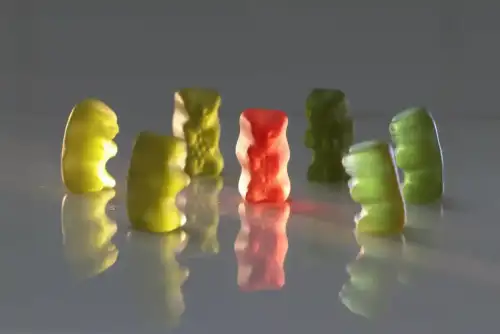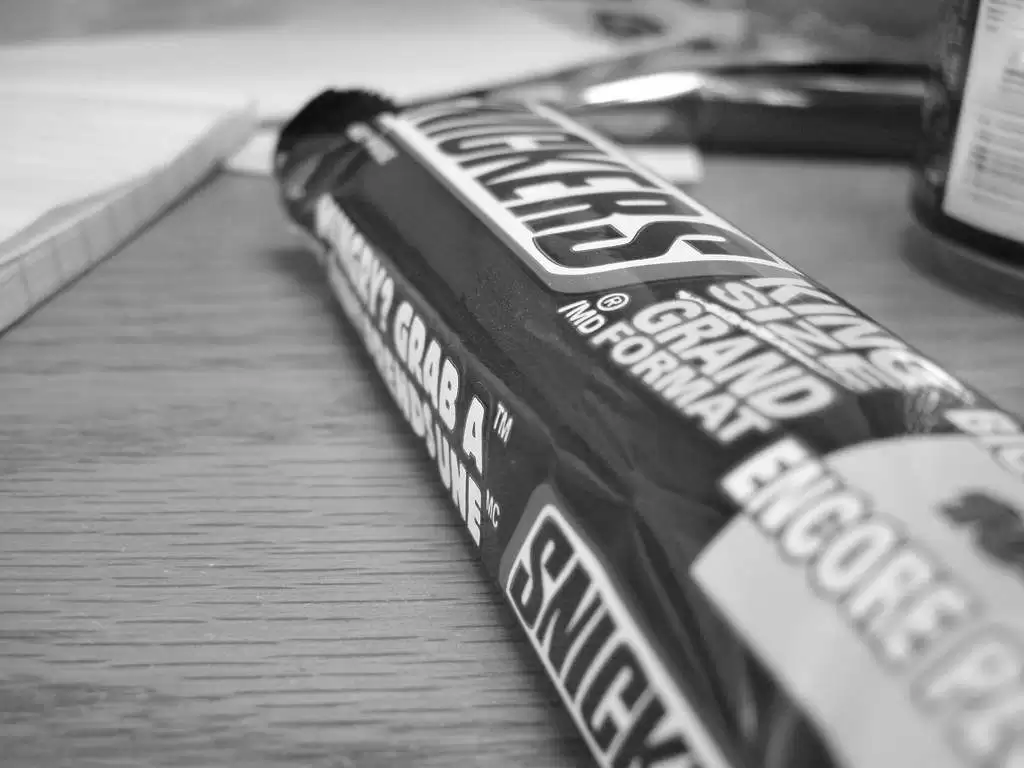Celiac.com 10/15/2025 - Gummy bears are one of the most iconic candies in the world. Their chewy texture, bright colors, and fruity flavors have made them a favorite for children and adults alike. But for those living with celiac disease or gluten sensitivity, the joy of candy often comes with a critical question: are gummy bears safe to eat? The answer is not as simple as yes or no. It depends on the brand, the ingredients, and the way they are manufactured.
In this article, we will explore the history of gummy bears, the typical ingredients used to make them, how gluten can sometimes sneak into candy, and what this means for people who must strictly avoid gluten in their diets.
A Brief History of Gummy Bears
Celiac.com Sponsor (A12):
Gummy bears were first created in Germany during the 1920s by a candy maker who wanted to invent a chewy treat inspired by dancing bears in street festivals. The recipe relied on gelatin, sugar, and fruit flavors, and the candy quickly became a hit. Over the decades, gummy bears spread around the world, spawning countless variations, shapes, and flavors. Today, gummy candies are produced by major international brands and smaller specialty companies alike.
While the original recipe contained only a handful of simple ingredients, modern gummy bears often include additional stabilizers, colors, and flavor enhancers. This means that not all gummy bears are created equal when it comes to being gluten-free.
What Are Gummy Bears Made Of?
The foundation of most gummy bear recipes includes:
- Gelatin: A protein derived from animal collagen that gives gummies their chewy texture.
- Sugar, Glucose Syrup, Corn Syrup, etc.: Sweeteners that create the candy base and add structure.
- Fruit Flavors: Natural or artificial flavorings to create the taste of cherry, orange, lemon, and more.
- Colors: Plant-based, mineral-based, or artificial dyes for the iconic bright appearance.
- Other Additives: Acids like citric acid for tartness, or starches for texture.
At first glance, none of these ingredients sound like they should contain gluten. However, the problem arises with certain starches, flavorings, or production practices that may introduce gluten where you least expect it.
Where Gluten Can Hide in Candy
Gluten is a protein found in wheat, barley, and rye. It often shows up in foods you would expect, like bread and pasta, but it can also lurk in less obvious places. With gummy bears, gluten can appear in a few ways:
- Glucose Syrup: Haribo uses both wheat and corn-based glucose syrup!
- Modified Food Starch: If derived from wheat, this can introduce gluten.
- Flavorings: Some artificial flavors or malt-based ingredients may contain gluten.
- Cross-Contamination: Factories that process wheat-based products alongside candy may risk gluten transfer.
- Coatings and Glazes: Occasionally used to keep gummies from sticking, these may include gluten-based ingredients.
Because of these risks, it is important for people with celiac disease to carefully check labels and research specific brands.
Gluten-Free Brands and Safer Choices
Many major candy manufacturers now recognize the growing demand for gluten-free treats. Some, like Black Forest Gummy Bears (made by Ferrara) clearly label certain varieties of their gummy bears as gluten-free, while others provide allergen information on their websites. Smaller specialty companies also produce gummies that are certified gluten-free, catering specifically to those with celiac disease or gluten sensitivity.
Certification can be particularly reassuring, as it ensures that the candy was tested to contain less than 20 parts per million of gluten, the accepted threshold for gluten-free labeling in many countries.
What This Means for People With Celiac Disease
For people with celiac disease, even a small amount of gluten can cause intestinal damage, long-term health problems, and uncomfortable symptoms. That means guessing or assuming is not safe. Reading ingredient labels, looking for gluten-free certification, and contacting manufacturers when in doubt are all necessary steps.
Gluten-sensitive individuals may experience less severe reactions, but avoiding gluten can still significantly improve their quality of life. Choosing gummies that are clearly gluten-free ensures peace of mind and allows them to enjoy a treat without worry.
Tips for Enjoying Gummies Safely
- Check Labels Every Time: Ingredients can change without notice.
- Look for Certification: Certified gluten-free logos add extra assurance.
- Contact the Manufacturer: If information is unclear, a quick email or call can help.
- Beware of Bulk Bins: Gummies sold in open containers may be contaminated by gluten-containing products nearby.
- Explore Alternatives: Some companies make gummies from fruit juice concentrates or plant-based ingredients that are naturally gluten-free.
Conclusion
Gummy bears may look simple, but whether they are gluten-free depends on the ingredients and how they are made. For those with celiac disease or gluten sensitivity, the safest approach is to stick with trusted brands that clearly state their gluten-free status or carry certification.
The good news is that more gluten-free options exist today than ever before, making it easier to satisfy your sweet tooth without putting your health at risk. So the next time you reach for a bag of gummy bears, take a moment to check the label—and then enjoy the chewy, fruity goodness with confidence.












Recommended Comments
There are no comments to display.
Create an account or sign in to comment
You need to be a member in order to leave a comment
Create an account
Sign up for a new account in our community. It's easy!
Register a new accountSign in
Already have an account? Sign in here.
Sign In Now